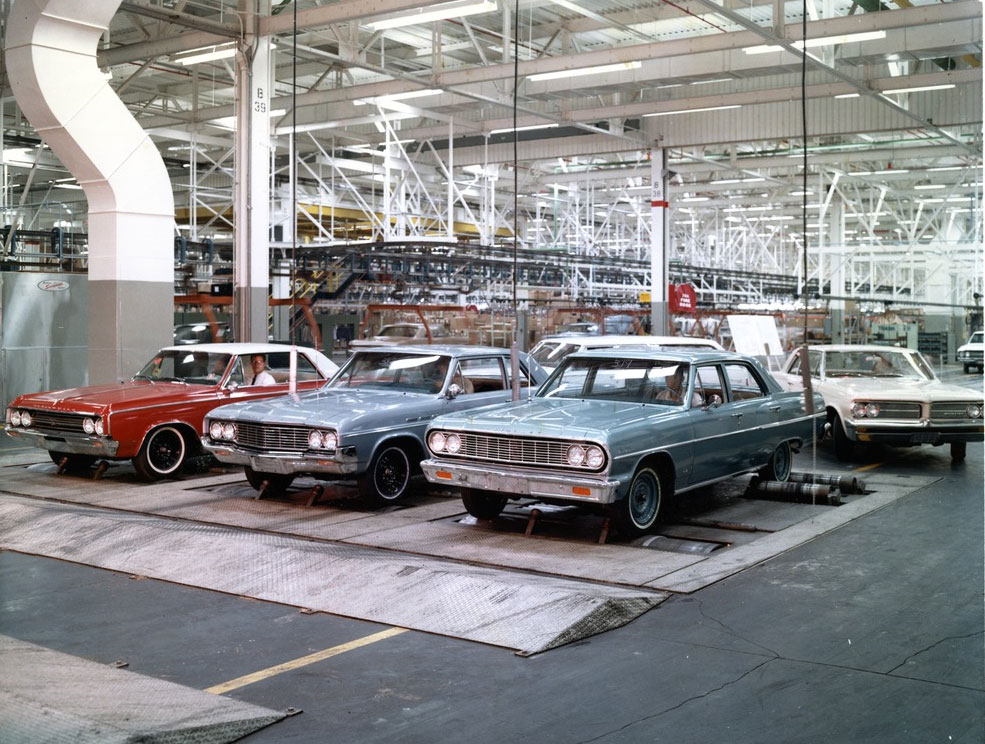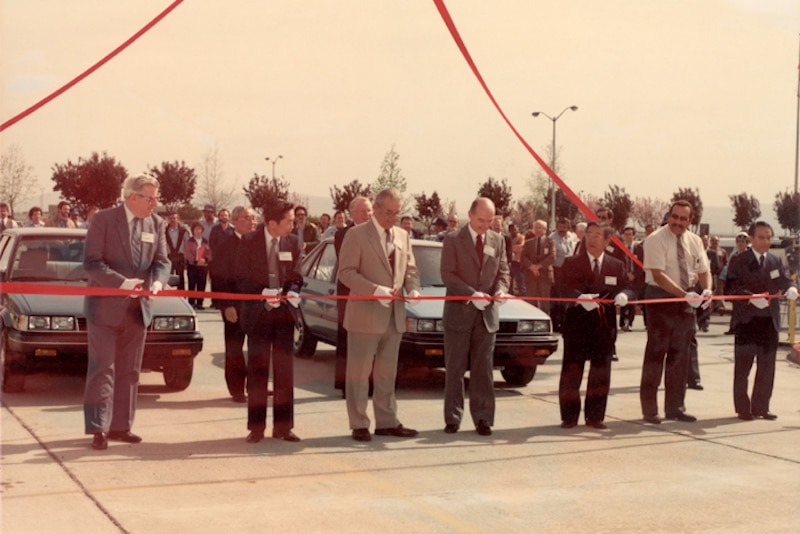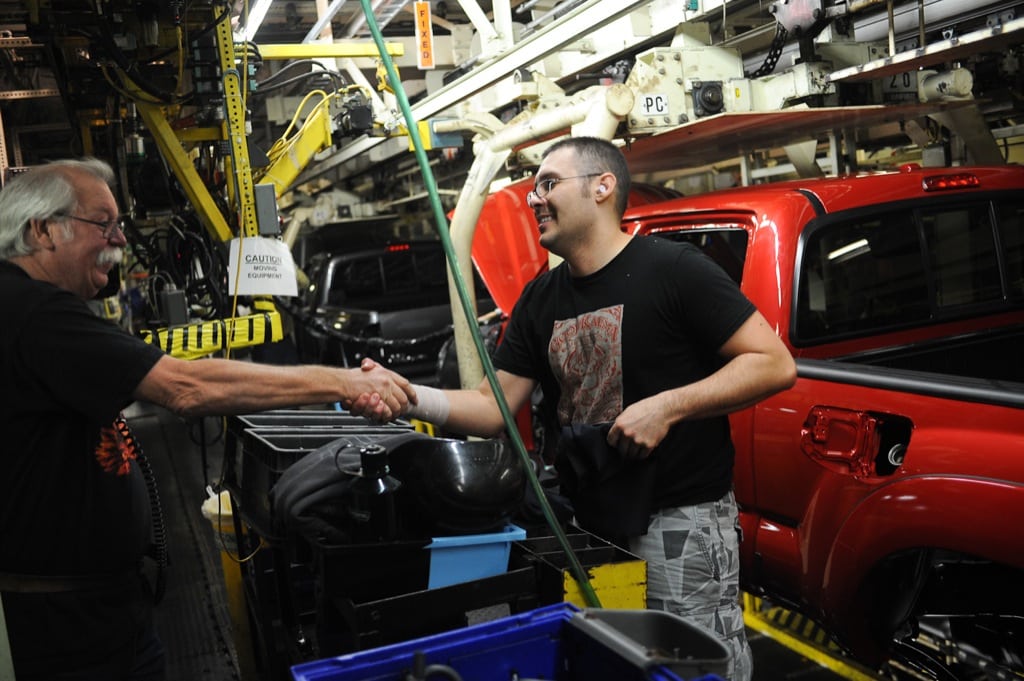A New Way for Us Too
In the very first chapter of Gospel of Matthew, the gospel writer quotes the prophet Isaiah. If you’ve ever been to a Christmas Eve service you’ve definitely heard this verse before:
Look! The virgin will conceive a child! She will give birth to a son, and they will call him Immanuel, which means ‘God is with us.’
A lot of people get distracted by the whole virgin thing. That, however, is decidedly NOT the point of Matthew incorporating this quote into his work.
The point of this prophecy is that, in Jesus, God is WITH us. Grace has been introduced into OUR system, into our world. Overflowing love and forgiveness is now the context in which we live and move and have our being.
We have the grace to admit we’ve made mistakes. Grace to admit we’ve got it wrong. Grace to admit that things aren’t perfect.
And, rather than facing wrath and condemnation for those mistakes and imperfections, the doorway to change and transformation – both of ourselves and our world – has been opened. By the grace of the God who comes down to be with us in Jesus, everything can set right.
That is what Isaiah prophecy is about. In fact, that is what the whole Christmas story is about.
May it also be what we’re about!










